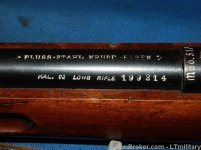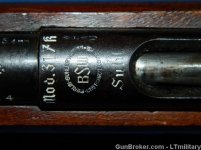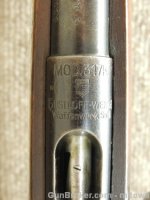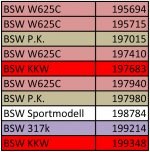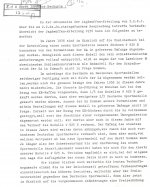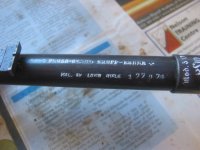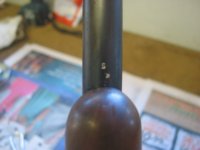BSW had several factors controlling their production of trainers. First of all, Simson (from whom they had stolen the company) already had several excellent designs of .22 rifles in production, and were the only firm allowed to produce arms which were to be used by the military (thus, no military involvement in DSM project from beginning---circumvented by going through SA with no connection to RWM). They understandably did not push the DSM at any time; it was not their design, they were not tooled up for it, they were already busy with other work without it, but since they were run by and owned by the SA and the SA wanted the DSM, they were forced to produce it. They had more good reason to brown-nose the Brown Shirts than anyone else. With the early dissatisfaction with the DSM voiced by elements of the SA, they adapted their 625 B model into the 625 C in hopes of snagging that replacement design. My guess is that the former Simson employees were apprehensive about working with their new SA admin, concerned about their employment, and reluctant to make any extravagant changes themselves. There is little evidence of much enthusiasm in their design department. Overall, it would appear that everyone was treading on thin ice at BSW during this period.
Mauser engineers toyed with adaptations of design for a universal trainer, simply because it was their design and they were responsible. They obviously did not want the bother of it at the time, as they had plenty to do with BIG contracts from the RWM which made trainers "small potatoes" and MOST IMPORTANTLY the budget for this item which was set by the SA made their desired product a virtual IMPOSSIBILTY.
It is no wonder that BSW ended up as the primary firm in the KKW design. They stood foremost to gain from this. Mauser did not need or want it; small firms had by this time acquired plenty of work that was more promising, otherwise. BSW wound up leading the KKW contracting simply because they were the only ones who would benefit from it in any manner. Walther only fell into the last KKW contracts because BSW had "borrowed" the Walther spring-loaded ramp design, and without asking.
Mauser's participation was obligatory, all the way through (DSM through KKW). BSW/Gustloff was also, but the reasoning of it is 180 degrees apart.



